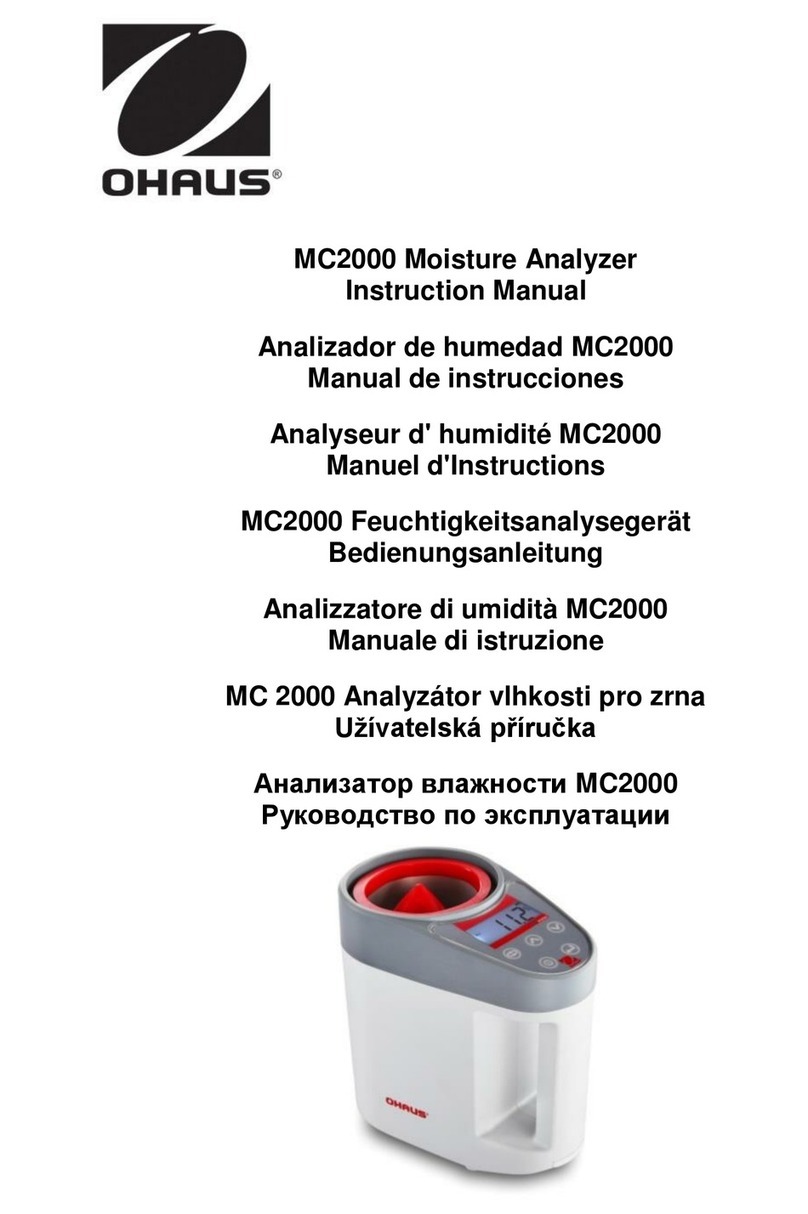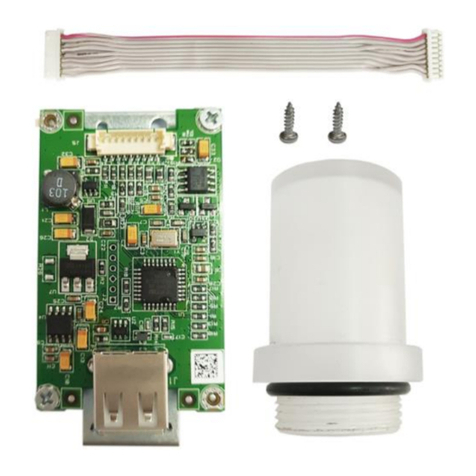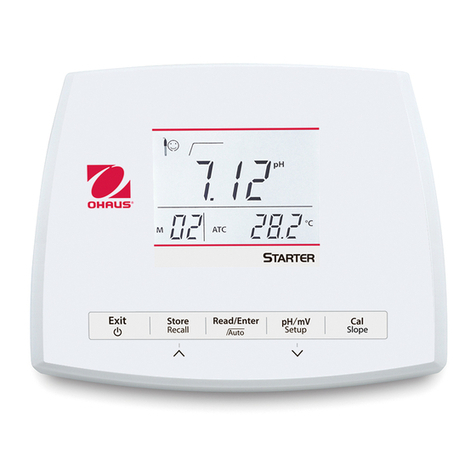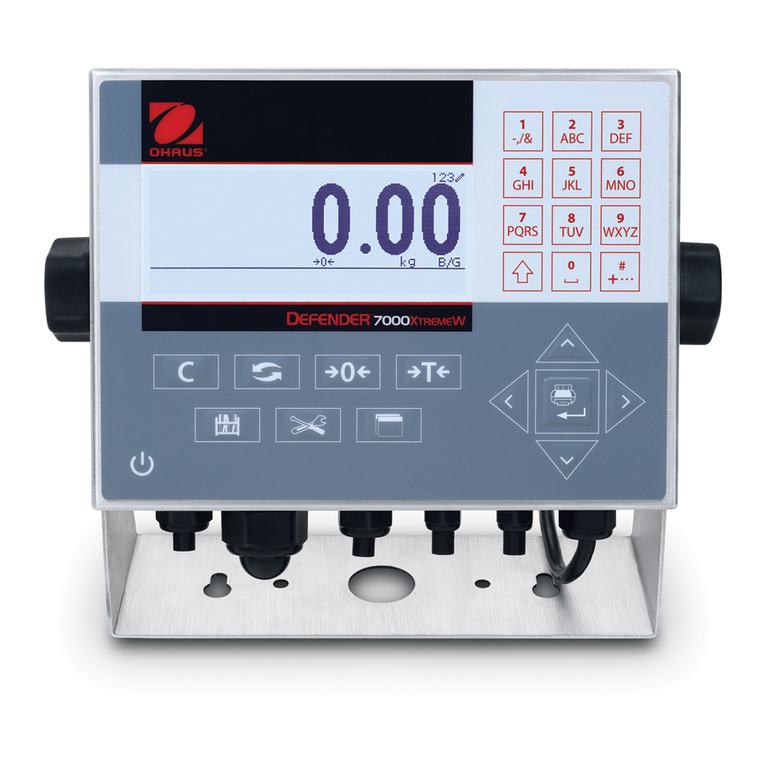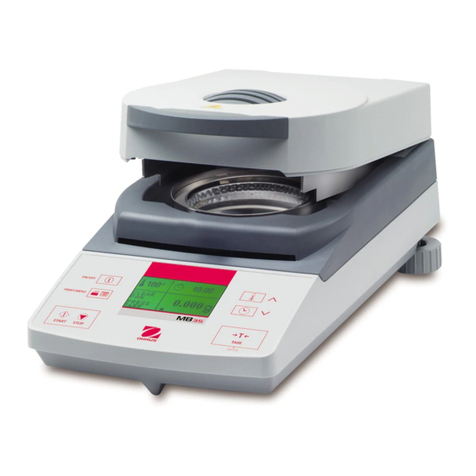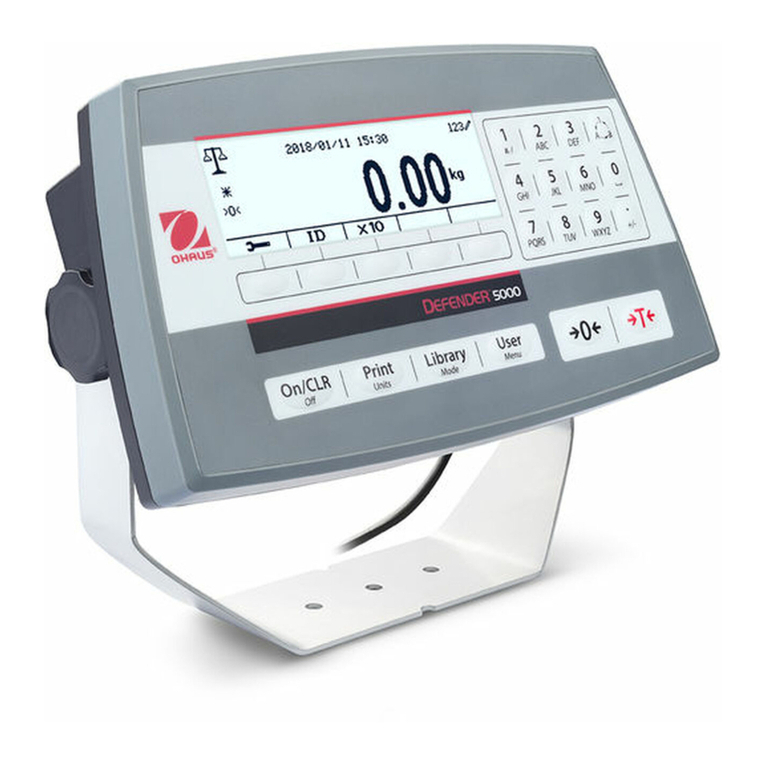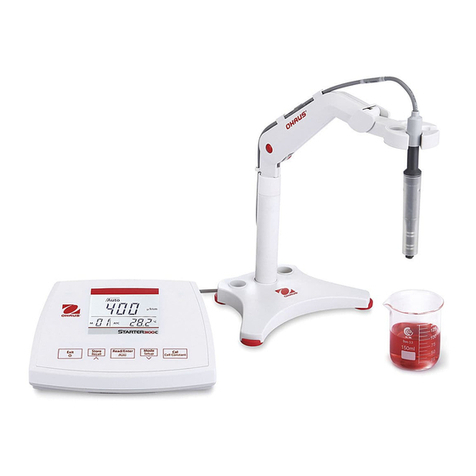Table of Contents
1Introduction..........................................................................1
1.1 Safety measures.............................................................................. 1
1.2 Display and controls....................................................................... 3
2Installation............................................................................5
2.1 Package contents............................................................................ 5
2.2 Installing the built-in electrode arm .............................................. 6
2.3 Installing power adapter................................................................. 6
2.4 Installing the electrodes................................................................. 7
3STARTER 2100 operation....................................................8
3.1 Calibration........................................................................................ 8
3.1.1 Buffer group................................................................................... 8
3.1.2 Performing 1-point calibration ....................................................... 9
3.1.3 Performing 2-point calibration....................................................... 9
3.2 Sample measurement................................................................... 10
3.2.1 pH measurement......................................................................... 10
3.2.2 mV measurement........................................................................ 10
3.3 Temperature measurement .......................................................... 10
4Setup...................................................................................10
4.1 Set MTC temperature.................................................................... 10
5Maintenance.......................................................................11
5.1 Error message................................................................................11
5.2 Meter maintenance.........................................................................11
5.3 Electrode maintenance..................................................................11
5.4 Self-diagnosis.................................................................................11
5.5 Recover factory settings .............................................................. 12
6Specifications ....................................................................13
7Buffer groups.....................................................................14


